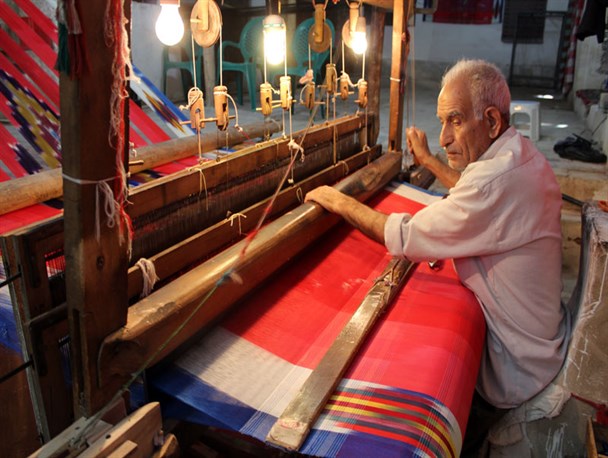Industry Spotlight: Textiles
/By Marielle Coleman, Research Associate
Iran has a rich textile history. Archeologists can date the country’s textile production back at least 6,500 years. In those early years Persia produced tapestries and carpets for domestic and international markets, which were particularly renowned for their elaborate designs and colors. To this day, Persian carpets are still considered among the most beautiful and well-crafted in the world; many are also regarded as artistic works and showcased in museums and private collections.
Not only is the textile industry an important part of Iranian history and culture, it also plays a key role in the country’s economy. Iran is the 36th biggest exporter of textile products in the world. Today, the industry represents 13 percent of all industrial jobs in Iran, most of them concentrated in carpet production.
Iranian companies produce a range of textile products, including carpets, blankets, knitwear and fabrics, using processes such as dyeing, weaving, spinning and printing. Most fabrics are made with domestically produced cotton, although in recent years an increasing amount of cotton is being imported. This low cost of ingredient sourcing provides the country a comparative advantage in textile production. Another advantage for the industry is low labor costs. A study published in 2011 in the Iranian Economic Review found that worker pay in the textile industry was more than 7 percent lower than the average wage for other industries. In part due to these benefits, as well as the strong appetite for Iranian carpets around the world, Iran is a major carpet producer and exporter, making over $300 million from exports in 2015.
The industry, however, is not without challenges. Ageing machinery and a dependence on the import of foreign machines and technology caused the industry to suffer throughout the twentieth century. The country also saw a significant drop in foreign investment after the Iranian revolution. Since then, sanctions have had a significant impact on the Iranian textile industry - particularly after President Bill Clinton restricted all trade with the country in 1997 and again years later when President Barack Obama restricted trade via sanctions, including ban on carpets of Iranian origin from entering the U.S. As a result, sales and employment in that sector decreased.
Since the signing of the JPCOA and subsequent lifting of sanctions in January 2016, the industry has seen a revival. The country is attracting foreign investors, and production has been stimulated by a renewed demand coming from the U.S. and other Western countries. The industry is also buffeted by an improvement in living standards; with more money in their pockets, Iranians are spending more money on clothes. The government is further backing the industry. The Ministry of Industries, Mining and Trade has recently announced a plan to invest in a new industrial town focused on apparel manufacturing in Tehran’s suburbs.
More information about the annual Irantex Tehran trade fair, a showcasing of international textile machinery and products, taking place in September, can be found below.
Event:
Irantex Tehran
Where:
Tehran International Permanent Fairground
When:
September 4th-7th, 2017
Additional details:
More information can be found here
Disclaimer: By publishing information concerning these events, AIC is not recommending, endorsing, or marketing the events or any participation therein. Anyone interested in these events should undertake on their own to secure necessary information. Furthermore, any activity or involvement in such events must be in full compliance with all applicable laws, including U.S. economic sanctions and export control laws relating to the Islamic Republic of Iran.

